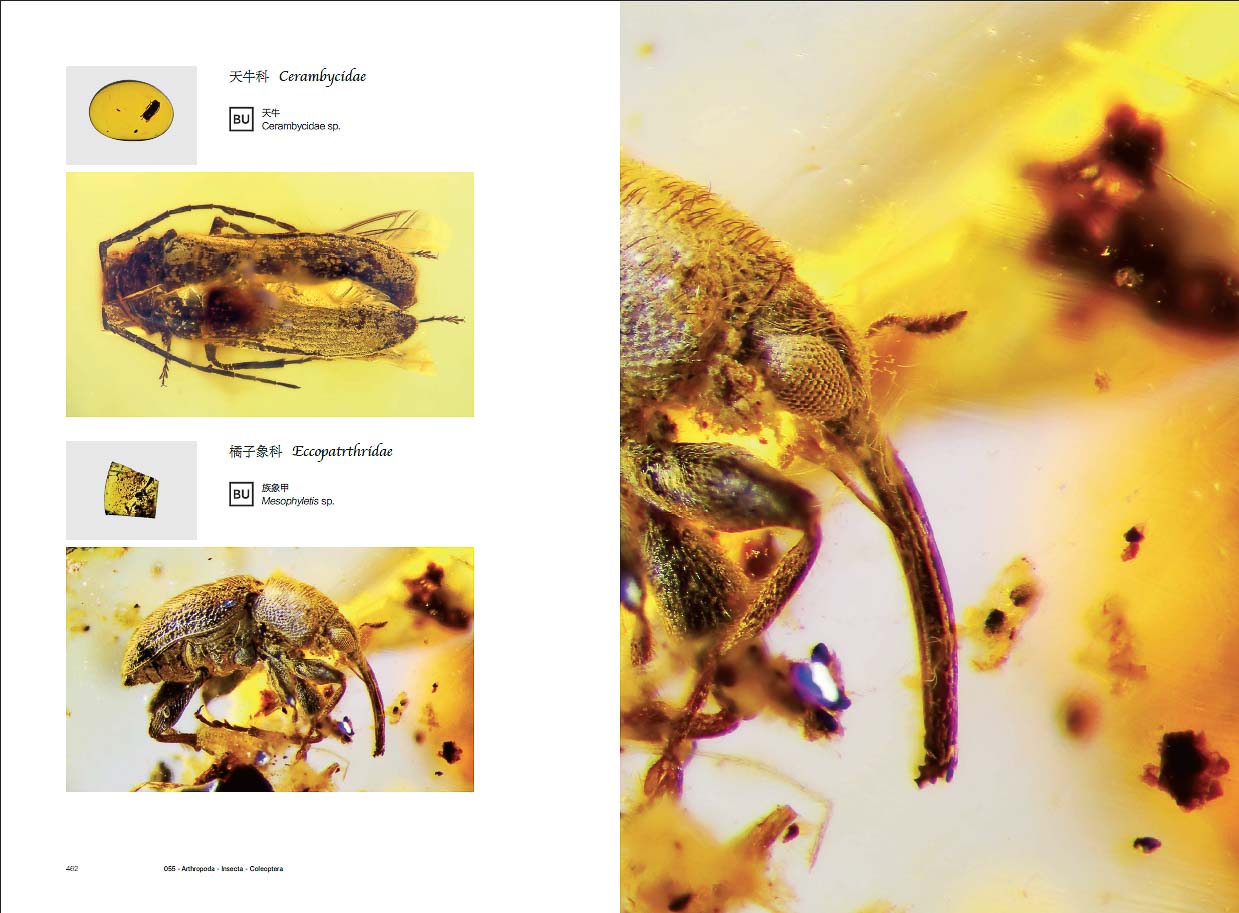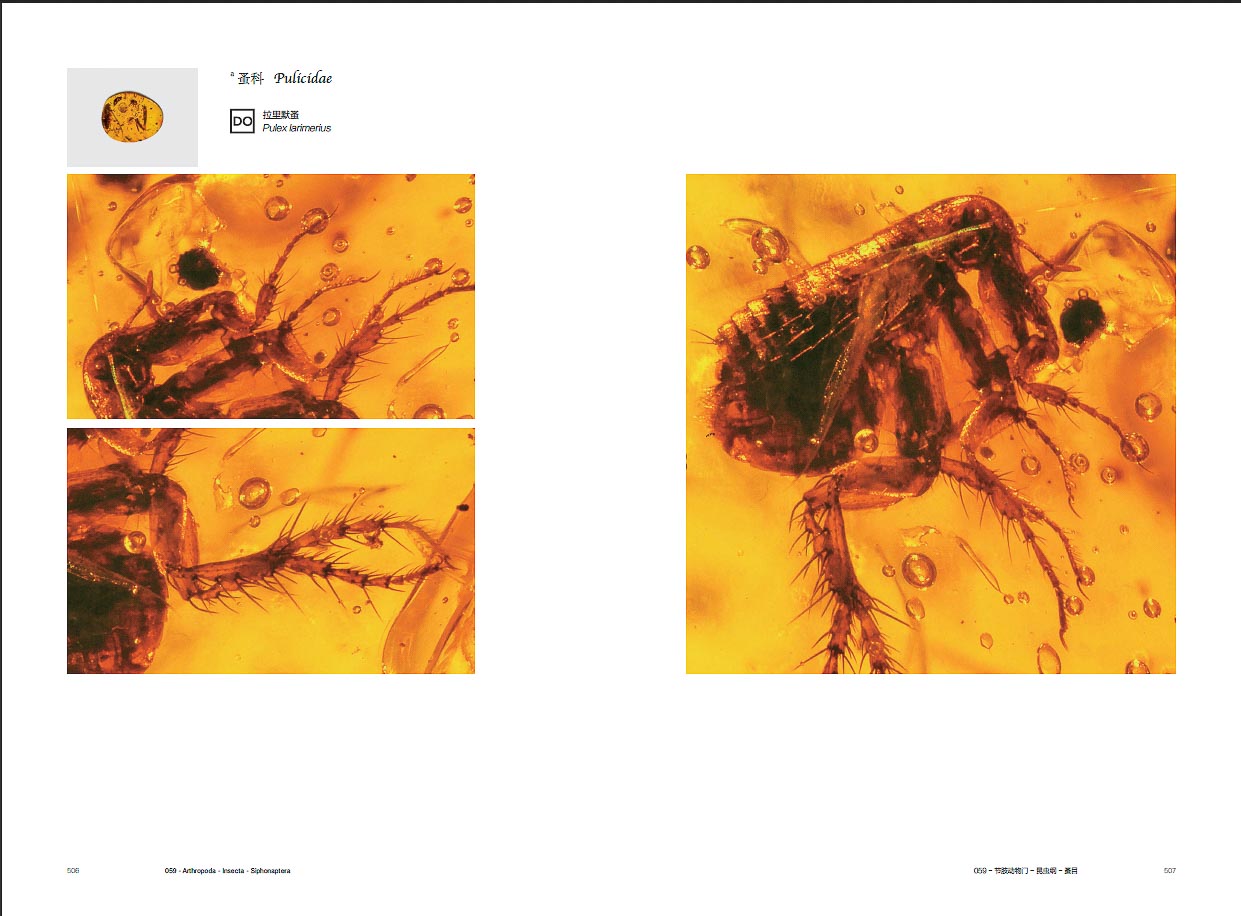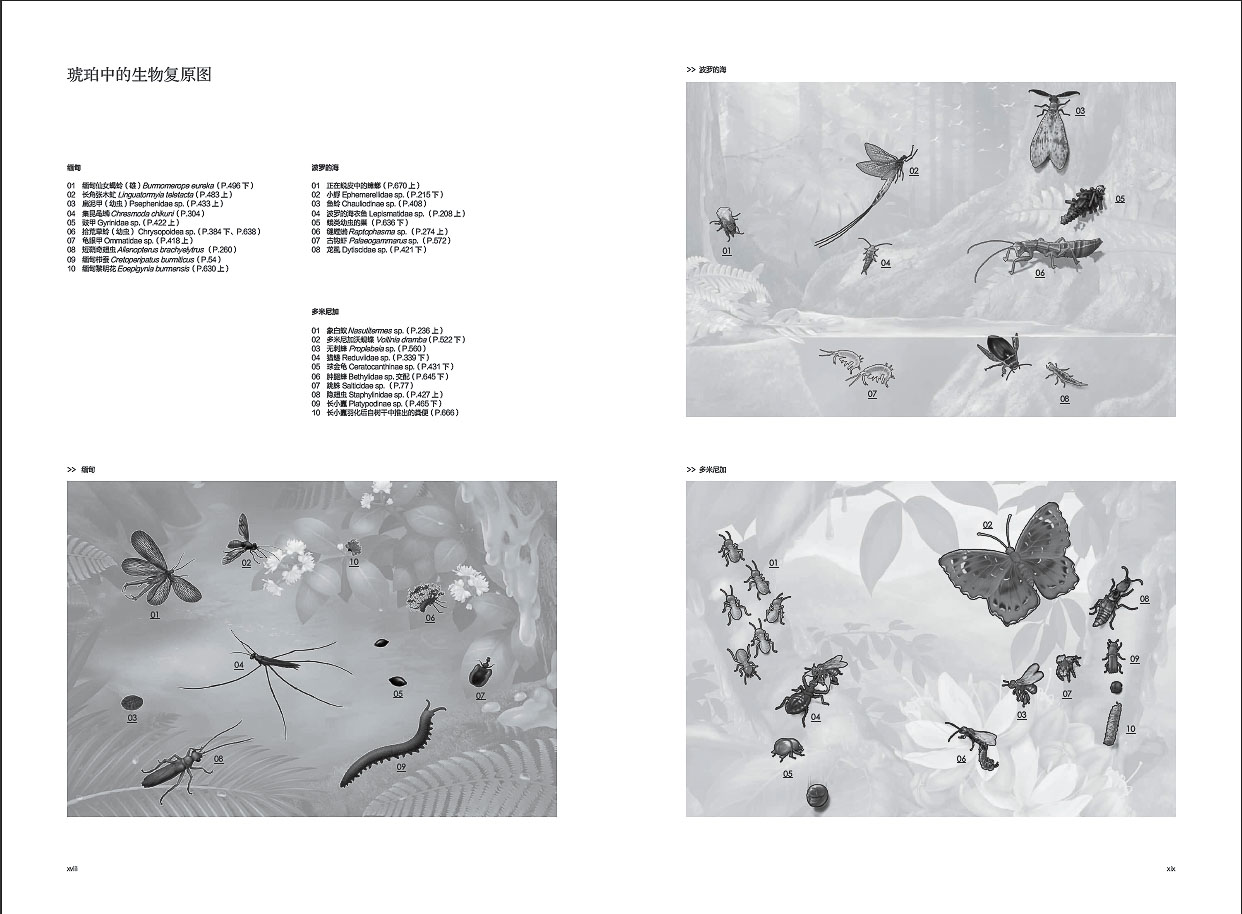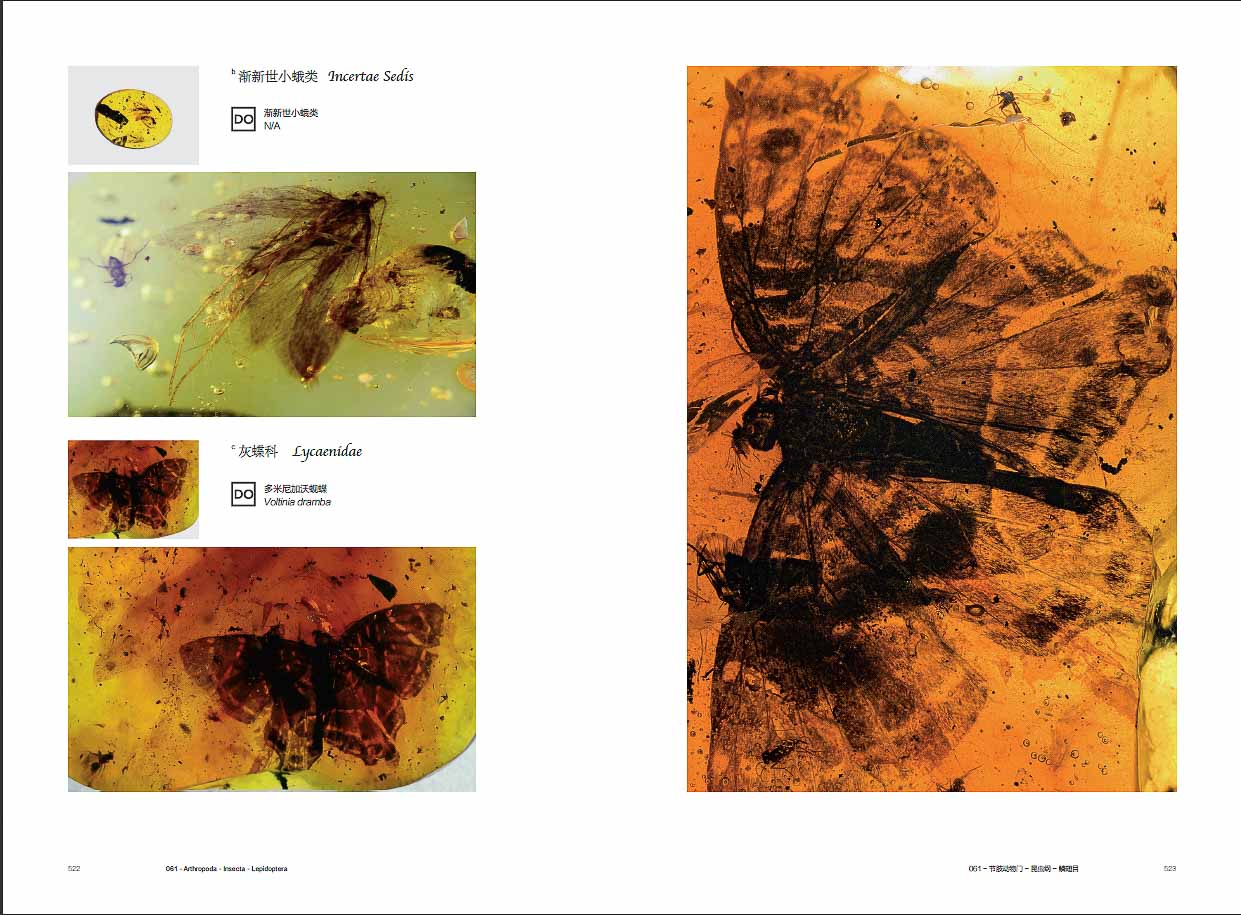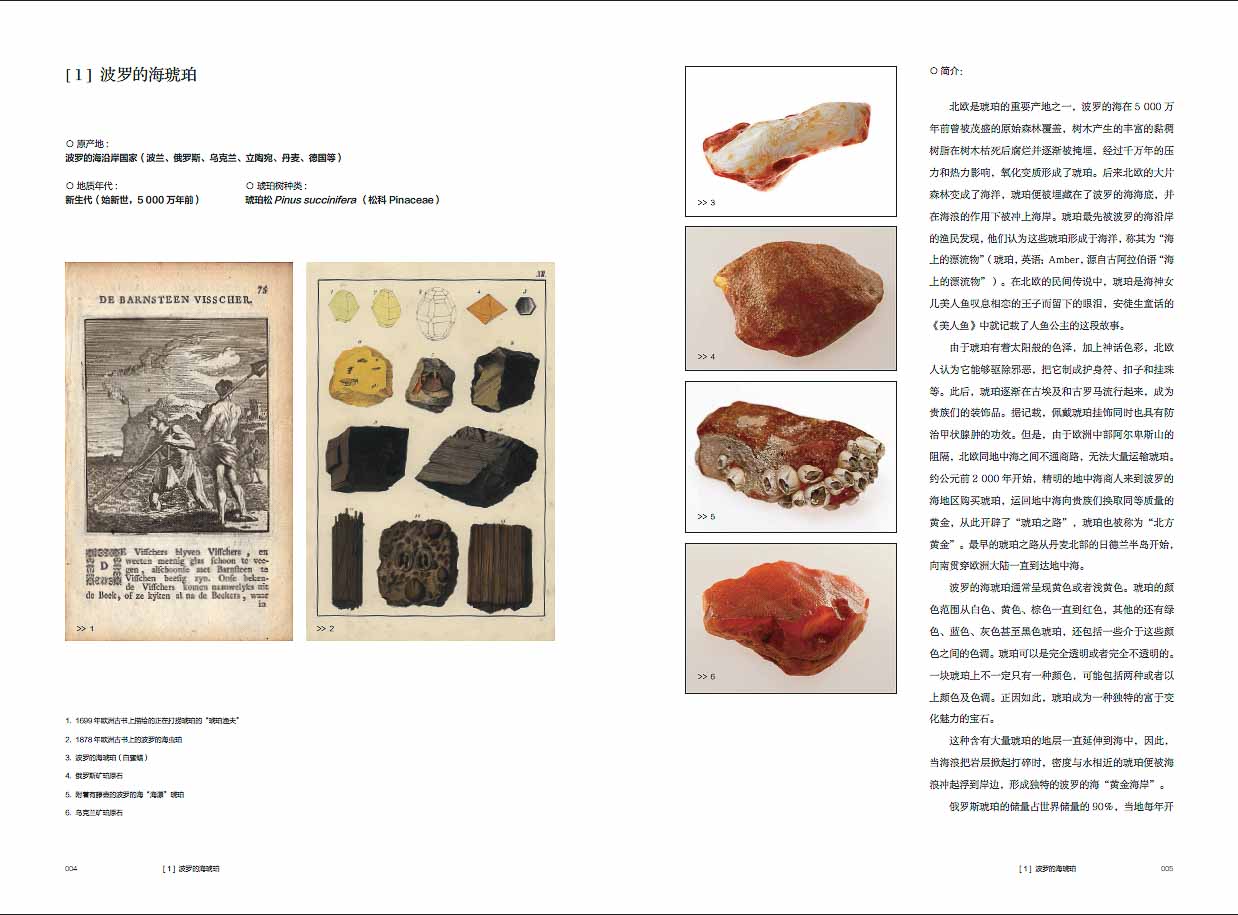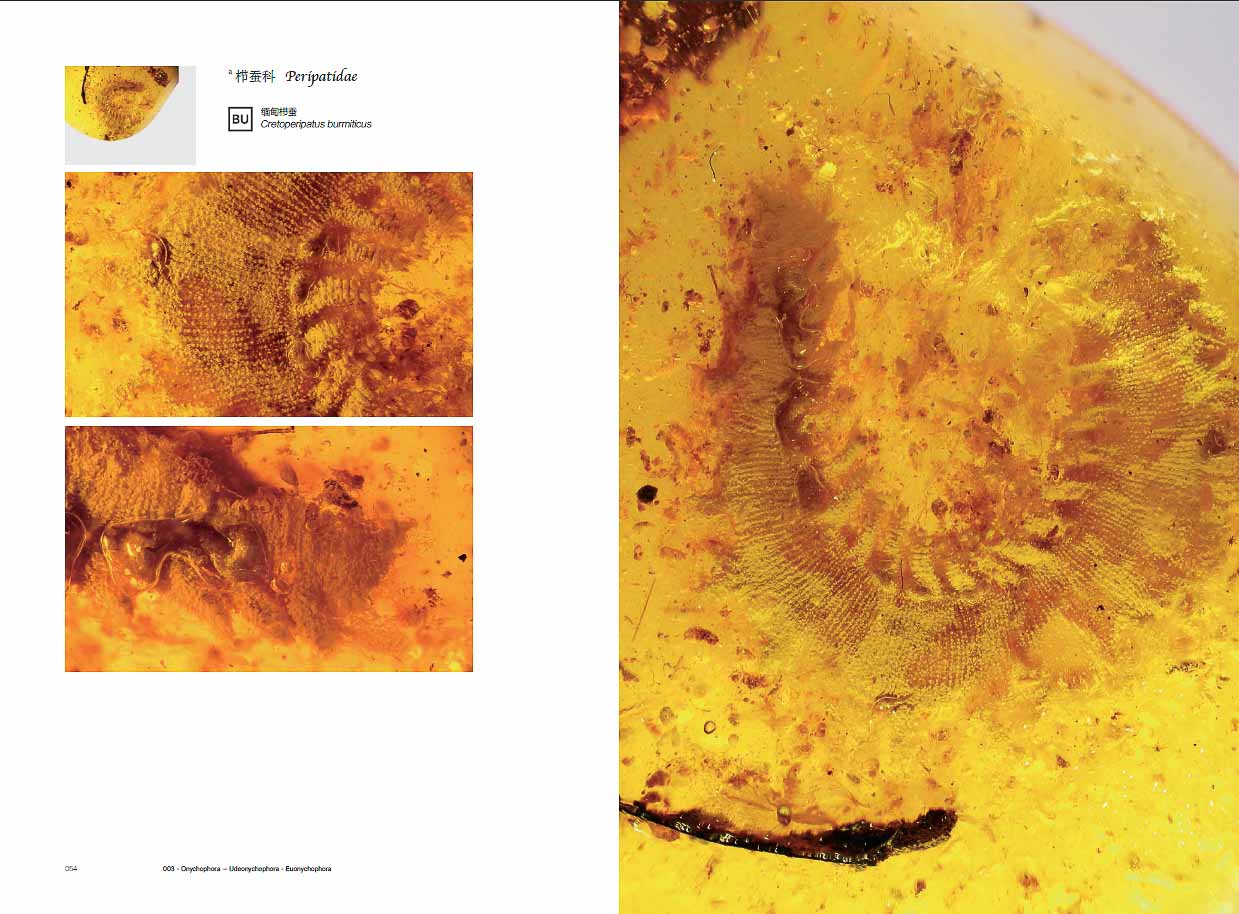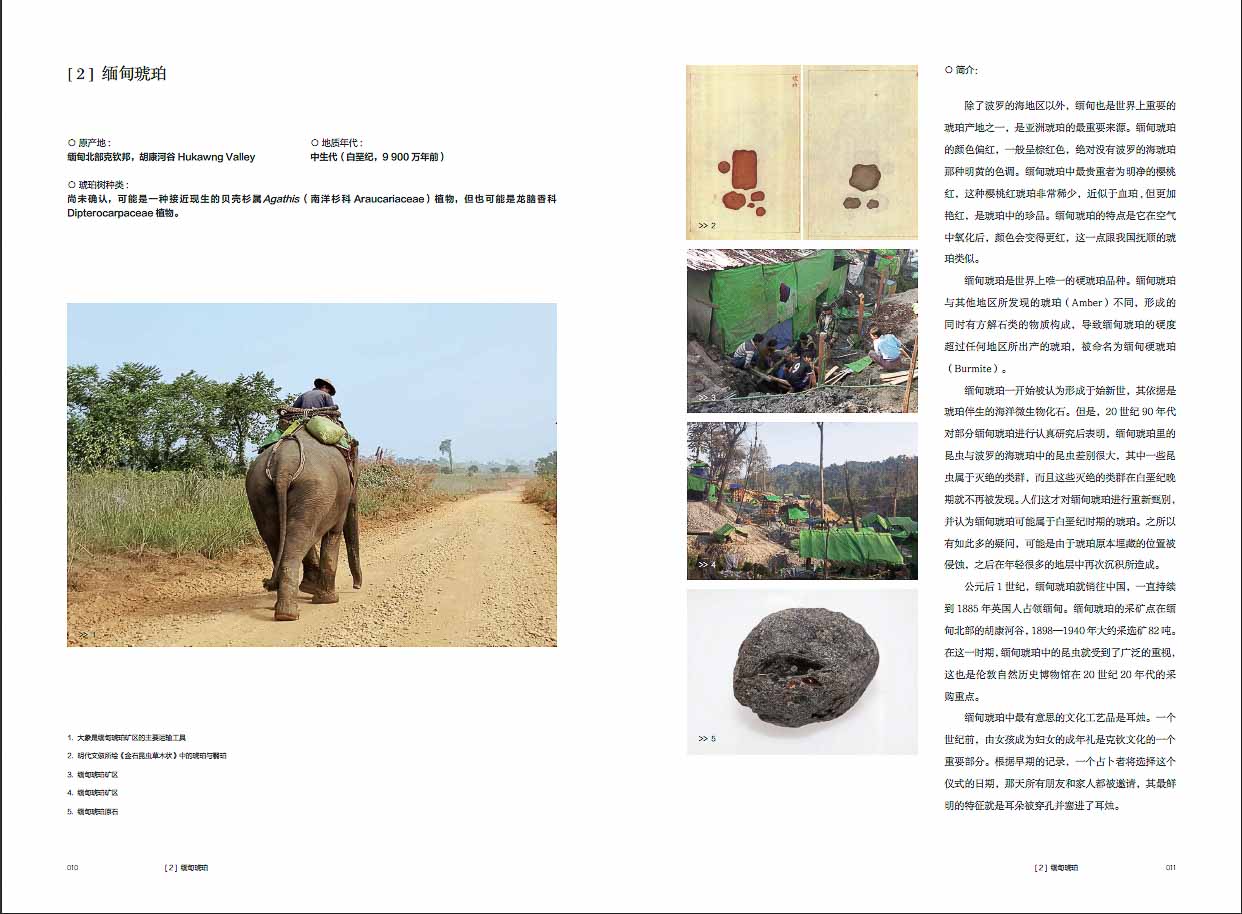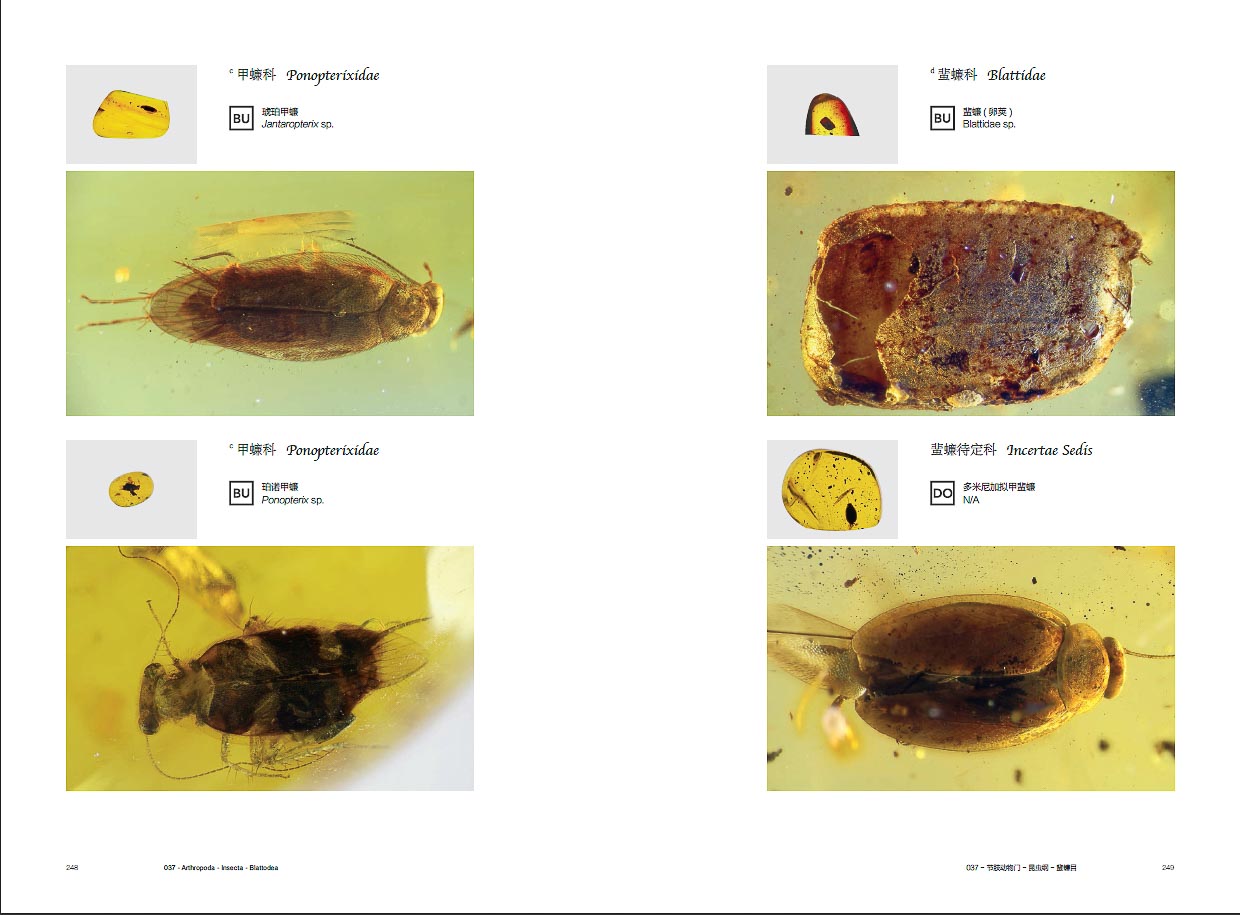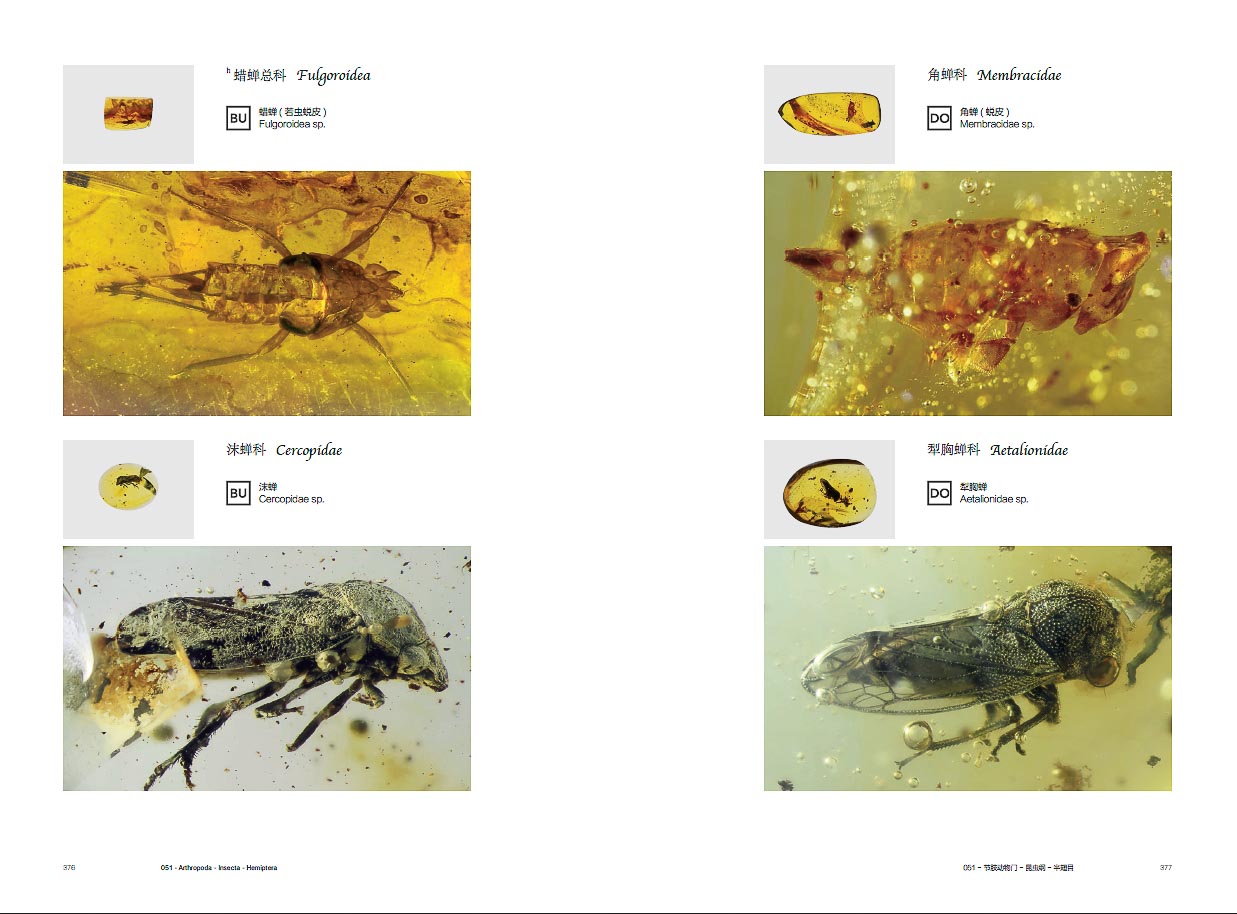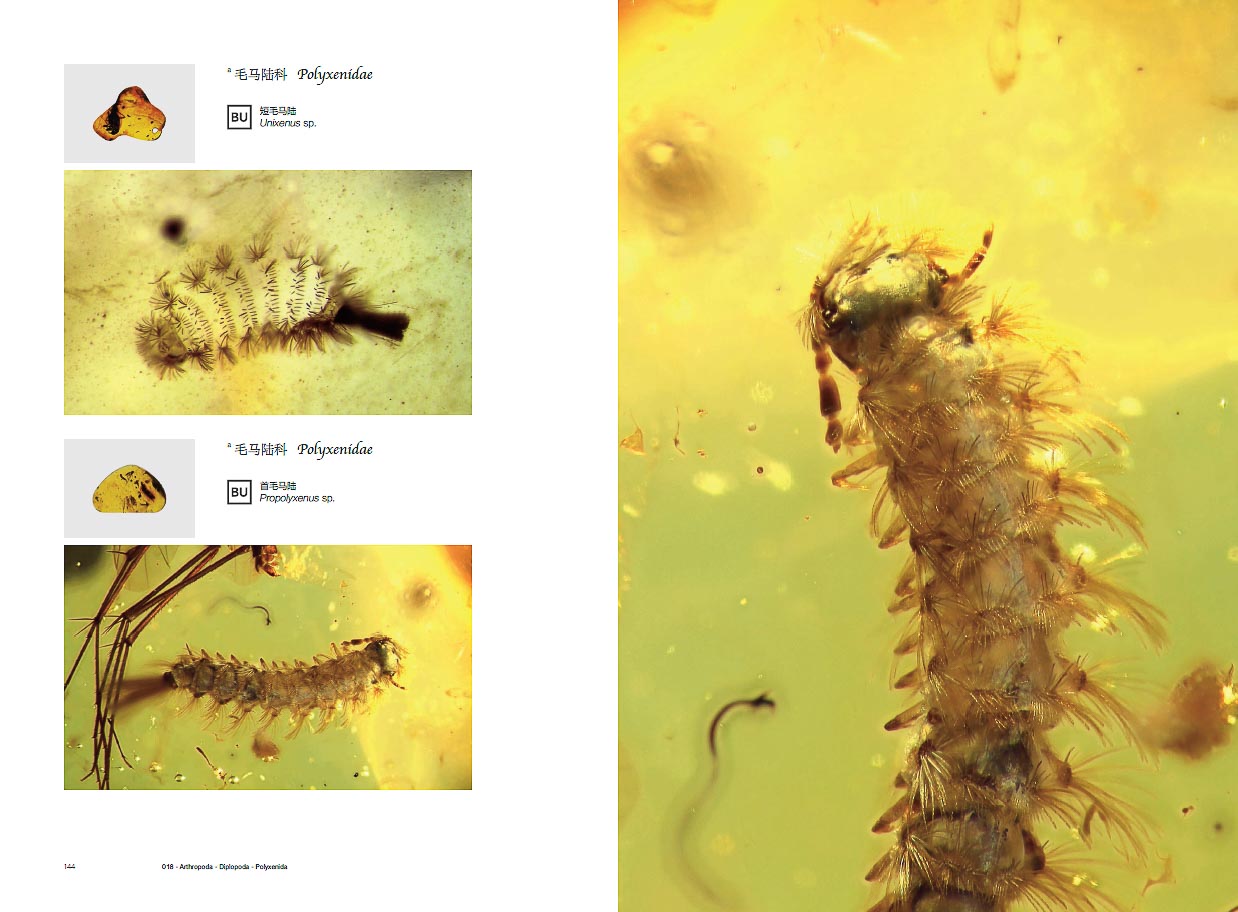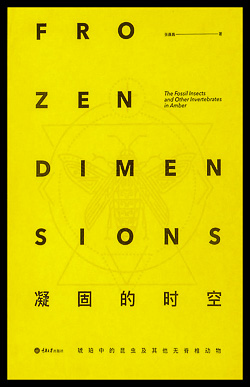
Author:
Zhang Wei Wei
ISBN-13: 978-7562499077
698 Pages
2500.0g
Language: Chinese with Latin Names
Price: 62.00USD
Regular Postage: 125.00USD
Shipping
We are in contact direct with the Author (Long time friend) and we are able to send this incredible piece of work worlwide.
Please feel free to be in touch, we'll find the best service courier according to your location
Fro Zen Dimen Sions
- Scroll for Preview -
Fro Zen Dimen Sions: The Fossil Insects and Other Invertebrates in Amber Insect amber is the most peculiar species of amber. It contains life forms hundreds of millions of years ago. Because most of them are well preserved, even undamaged, they have become one of the most important for people to explore the ancient world. A true Window to the past.
This book selects 800 pieces of insect pests from Burma, the Baltic Sea and Dominica. It provides a comprehensive and systematic introduction to more than 600 species of invertebrates in amber, 6 phyla, 12 classes, 67 orders, and a brief introduction to other amber The basic situation of the contents (vertebrates, plants, fungi, etc.) and the main amber producing areas in the world.
There are more than 2,000 photos in the book, which are important documents about the collection and research of insects. This book is an indispensable reference book for paleontologists, insect lovers and researchers, fossil collectors, and amber (insect amber) collectors. It is also very suitable for reference by teachers and students majoring in biology, geology, and jewelry.
Part 1: The main amber and copal production areas in the world
(1) Baltic amber (2) Burmese amber (3) Dominican amber (4) Mexican amber (5) Fushun Amber, China (6) Japanese Kuji Amber (7) Amber from New Jersey, USA (8) Lebanese amber (9) Ethiopian amber (10) Fujian Amber, China (11) Xixia Amber, Henan, China (12) Canadian amber (13) Amber from Sakhalin, Russia (14) Portuguese amber (15) Columbian Copal (16) Madagascar Copal (17) Borneo Copal (Av) New Zealand Copal
Part 2: Insects and other invertebrates in amber
001 Cordyceps 002 Unidirectional Earthworms 003 claws 004 Spider Order 005 without whip 006 whip 007 Shield 008 Abdomen 009 Acarina 010 Blind Arachnid 011 Scorpion 012 Pseudoscorpion 013 Refuge 014 Centipede 015 Stone Centipede 016 Earth Centipede 017 Scorpion 018 Mammoth 019 ball horse Lumu 020 round horse land 021 Slinging Malus 022 Polybanma Lumu 023 Pipe jaws 024 Alien 025 Porcupine 026 Multiband Malu 027 Protocollembola 028 Collembola 029 Healing Collembola 030 Double Tail 031 Scutellaria 032 Anchovy 033 Mayfly 034 Odonata 035 Sagittarius 036 Isoptera 037 Blattaria 038 Oddoptera 039 Mantis 040 Blattaria 041 Praying Manta 042 Phasmatodes 043 Spinfoot 044 Orthoptera 045 Strider (classification status to be determined) 046 Dermoptera 047 Anoptera 048 Rodents 049 Permian Rodents 050 Thysanoptera 051 Hemiptera 052 Neuroptera 053 Panoptera 054 Lacewings 055 Coleoptera 056 Pendulum 057 Diptera 058 Mecoptera 059 Fleas 060 Trichoptera 061 Lepidoptera 062 Hymenoptera 063 Decapoda 064 Isopod 065 Endopod 066 seaworms 067 Stem Eyes
Part 3: Other inclusions in amber
068 Frog 069 Lizard 070 Non-bird Dinosaurs and Ancient Birds 071 Fungus 072 Bryophytes 073 Ferns 074 Gymnosperm 075 Angiosperms
Part 4: eternal moment
076 Camouflage 077 Feeding 078 Mating 079 Carry the Egg 080 Spawn 081 Hatching 082 Parenting 083 feces 084 Molt 085 Carry Broadcast 086 Parasite
Part 5: Preservation state of insect pest
(1) White mist-like package in Baltic sea worm (2) The generation of bubbles (3) Traces of struggle (4) Insect body impression (5) Squeeze deformation (6) Fill (7) Stratification
References
